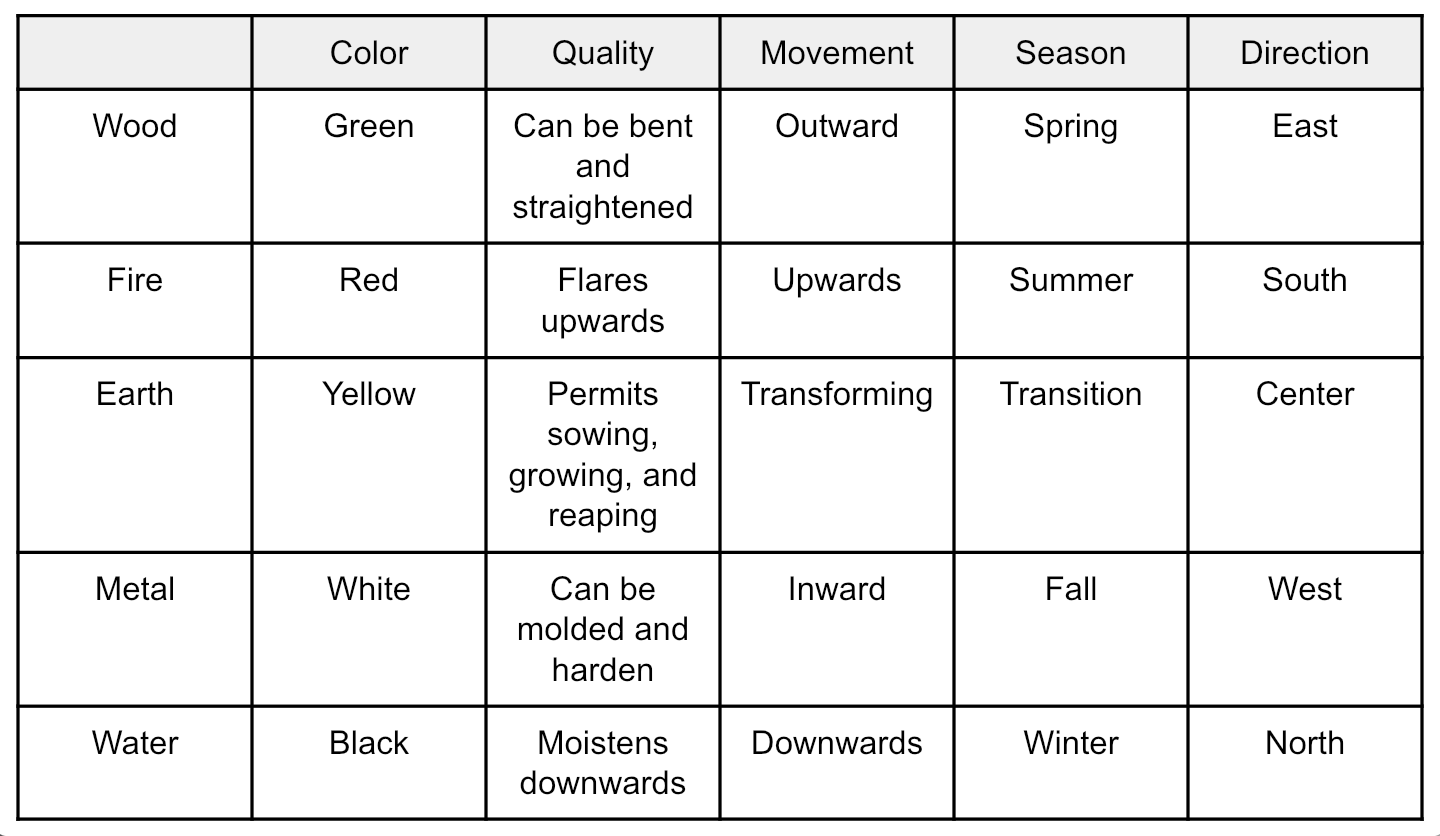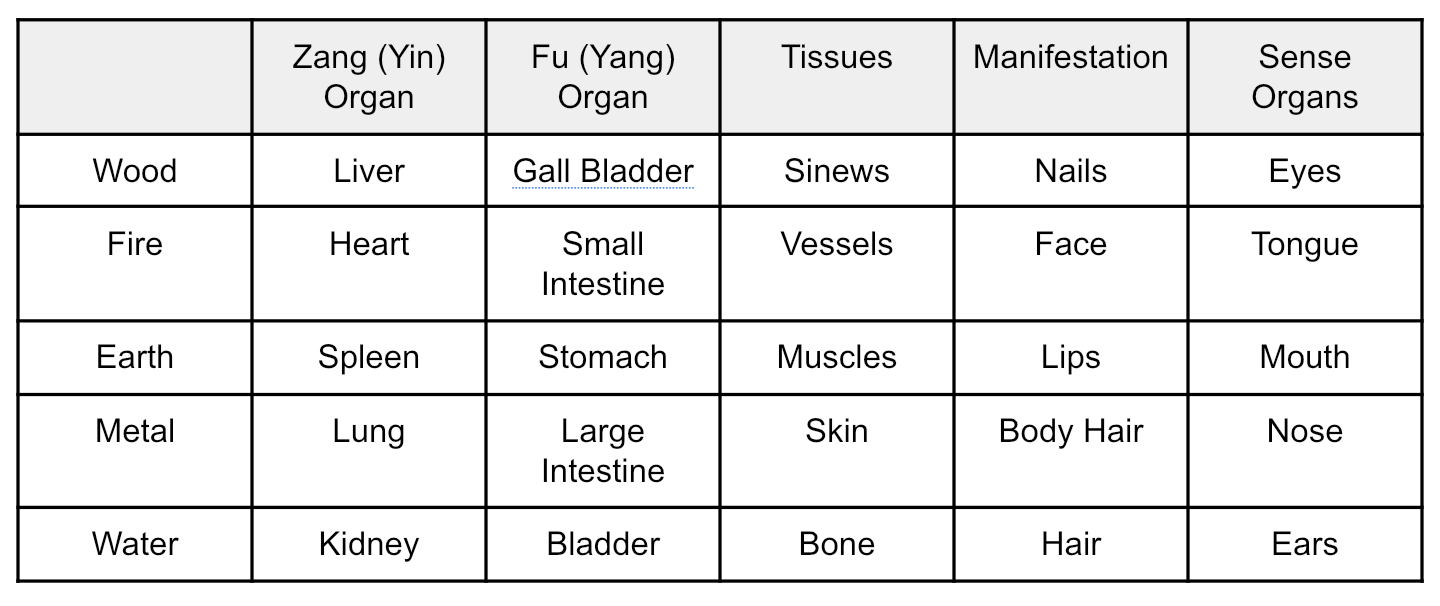TCM Theory: 5 Elements
Theory of 5 Elements
5 Elements is about grouping things into 5 categories and understanding their relationships
These 5 groups are commonly found in nature: Wood, Fire, Earth, Metal, and Water
Wood: green, “can be bent and straightened,” expansion, Spring, beginning of the activity, LV/GB
Fire: red, “flares upwards,” Summer, peak of the activity, HT/SI
Earth: yellow, “permits sowing, growing, and reaping,” neutrality, stability, transition between seasons, transformation, SP/ST
Metal: white, “can be molded and can harden,” contraction, Fall, beginning of the recess, LU/LI
Water: black, “moistens downwards,” Winter, peak of the recess, KD/UB
There is a direct communication between Fire and Water, and Earth is in between acting as a pivot; Earth turning the axis of Fire and Water has effects on Wood and Metal.
Sequences of 5 Elements
2 physiological sequences: “Generating sequence,” “Controlling sequence”
3 pathological sequences: “Abnormal Generating sequence,” “Over-acting sequence,” “Insulting sequence”
Next, we are going to learn about 5 Vital Substances, starting from Essence. If you have any feedback or questions about the material covered, please don’t hesitate to contact at junhwa@txmexplained.com. Below are more examples of 5 Elements ;) Until next time.
* The content is provided only for education purposes and is not intended to be a substitute for professional medical advice, diagnosis, or treatment.
References
1. Cheng, Xinnong, ed. Chinese Acupuncture and Moxibustion. 3rd ed. Fifteenth Printing 2014. Beijing: Foreign Languages Press, 2012.
2. Kaptchuk, Ted J. The Web That Has No Weaver: Understanding Chinese Medicine. 2nd ed. New York: McGraw-Hill, 2000.
3. Maciocia, Giovanni. The Foundations of Chinese Medicine: A Comprehensive Text for Acupuncturists and Herbalists. 3rd ed. Philadelphia: Elsevier Churchill Livingstone, 2015.



